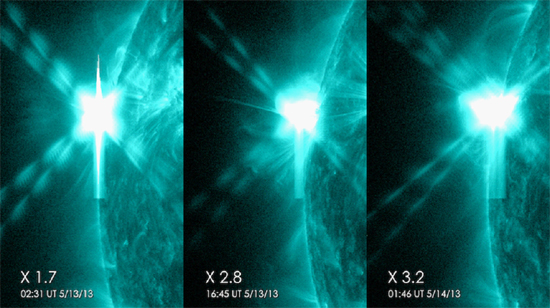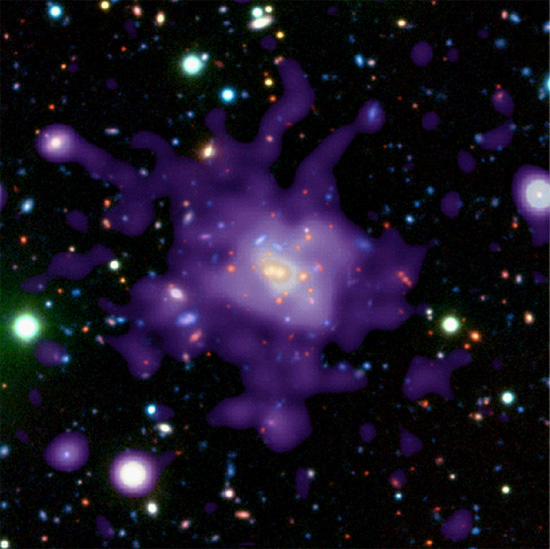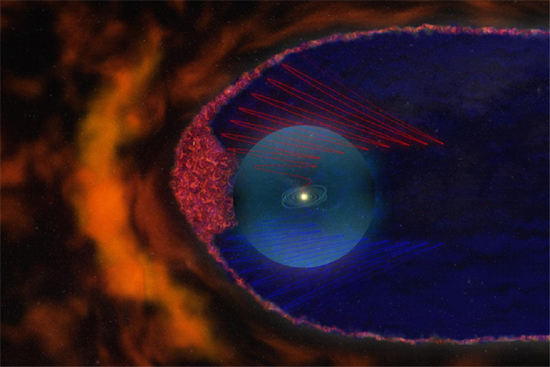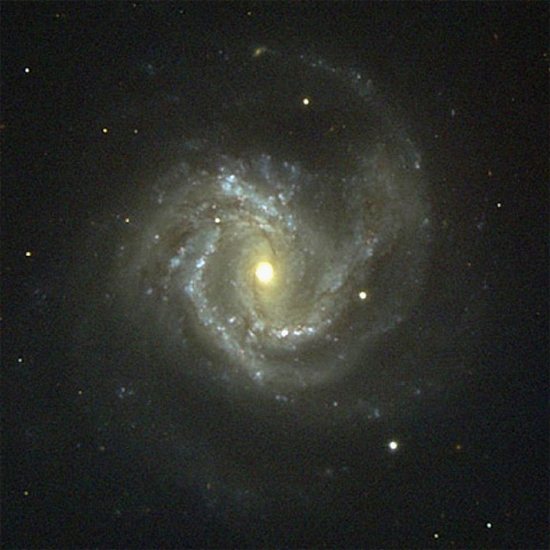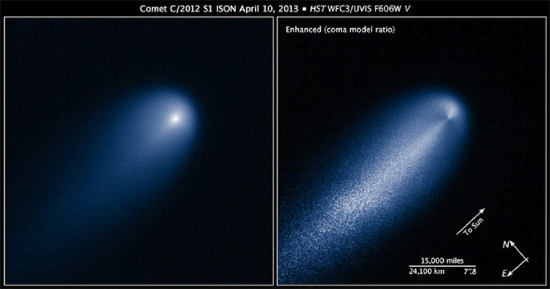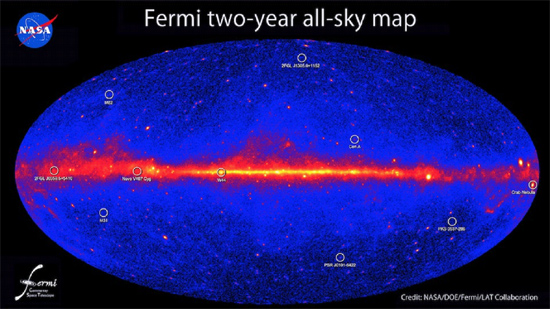Electromagnetic Nebulae
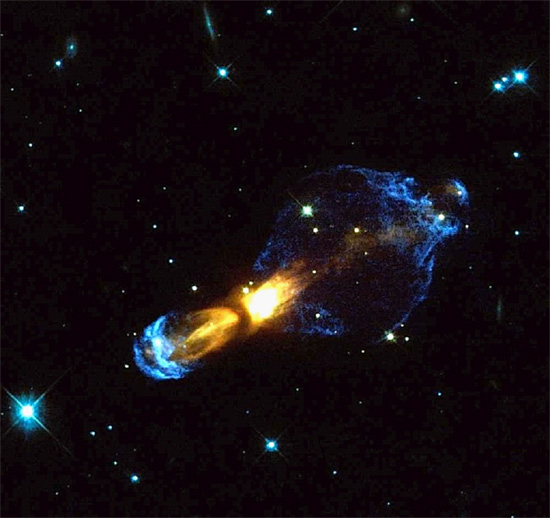
Dec 17, 2013 The Universe behaves according to the laws of plasma dynamics. In every science journal discussing the behavior of planetary nebulae, the prevailing opinion usually involves gases and dust “blowing” through them, as well as “winds” created by “shock waves” from exploding stars. In many cases, the…





